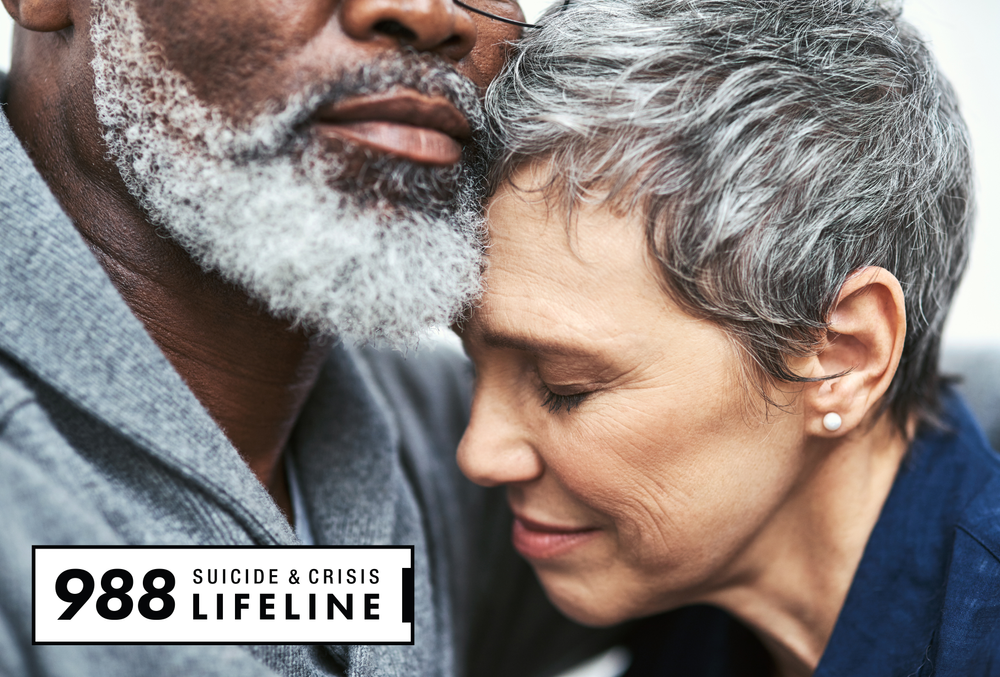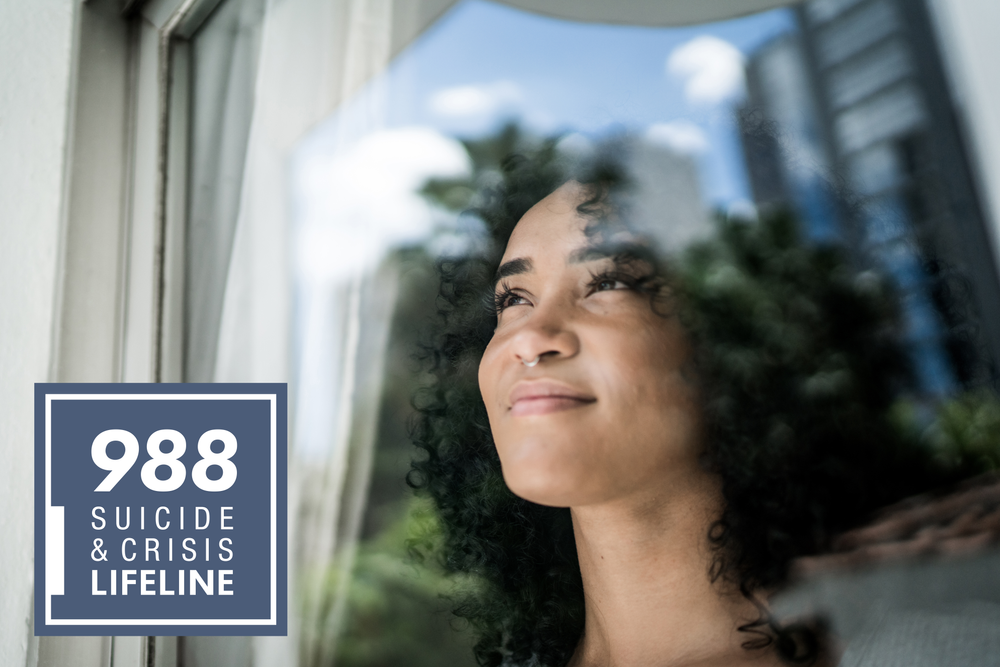Breaking the Stigma: Employee Assistance Program Raises Awareness About Suicide Prevention
The NASA Johnson Space Center and White Sands Test Facility Employee Assistance Program (EAP) is on a mission to educate all employees about suicide prevention. Everyone benefits from knowing the warning signs of someone at risk of suicide and how to connect a person to care, resources, and support.

National Suicide Prevention Month is observed annually in September; however, the post-pandemic rise in rates of suicide deaths highlights the need for more awareness. As a result, the EAP is taking on a campaign to share suicide prevention information and resources with employees twice a year, to include February. It is a common misperception that suicides happen more around the holidays, when in fact more people die by suicide around February and March, and during the transition into springtime.
One challenge of suicide prevention is the widespread stigma surrounding the topic, which often makes people uncomfortable talking about it. To break the stigma, it is key to understand that neither suicide nor suicidal ideation is a sign of weakness, a person’s character, or moral values. It is a sign of a person experiencing significant pain that impacts their judgement and impairs their ability to make thoughtful decisions or problem solve. The pain can be physical, mental, emotional, spiritual, or any combination of these.
Signs of someone at risk include making comments about hurting or killing oneself, complaints about unbearable pain, changes in sleep and mood, increased isolation, or social withdrawal, along with feelings of rage, anxiety, despair, and/or agitation. They may also express feeling like they are a burden to others. Individuals who use or abuse substances like alcohol and drugs are at a significant risk due to the impairment and impulsivity associated with being under the influence. Be concerned if you notice these behaviors in someone or hear them comment about wanting to die or hurt themselves.
The warning signs of someone who is struggling with suicidal thoughts are not always apparent. Some people hide their feelings and distress behind a smile because they do not want to burden others.

***
What should you do if you are concerned about someone? Be direct in asking if there have been thoughts of death or suicide. Ask without judgement, humor, or minimizing the situation. Asking or talking about suicide does not endorse the idea. To be concerned and ask someone if they are struggling and thinking about suicide is an acknowledgement of a person’s pain – and sometimes a secret they’re trying to mask.
To lend an ear and listen can provide the person with a sense of validation, and the presence of another’s company may help them feel less alone. Support the person in accessing help, care, or medical attention – by calling the Suicide Prevention Lifeline at 988, a hospital or mental health care facility, or a mental health professional – including your EAP.
The EAP is Johnson’s onsite counseling and mental health resource office. It provides free resources to help all Johnson employees – civil servants and contractors – and their families manage stress, process grief, address family and relationship issues, treat mental health disorders such as depression or anxiety, and tackle drug and alcohol abuse.

Death from suicide is not attributed to a single cause or event – it is complicated and multi-factorial. Risk factors can be related to physical, social, economic, familial, and/or genetic influences. Certain demographics like being part of marginalized populations or situational factors like chronic loneliness can elevate risk. The good news is that positive personal and environmental characteristics – such as a sense of purpose, community, connections to strong social support, access to care and treatment, and resilience – all matter and can help protect people from suicide.
Plato said, “Be kind, for everyone you meet is fighting a harder battle.” The practice of compassion for yourself and others helps to build a healthy and safe work culture. In times like these, kindness fosters those protective factors at Johnson and White Sands, and that contributes to success.
***
To learn more about suicide prevention and view recordings of past EAP presentations on the subject, please visit the EAP website. You can find more information about your EAP friends at Johnson and White Sands on the EAP website, as well.
Johnson EAP direct line: 281-483-6130
General EAP email: jsc-employeeassistanceprogram@mail.nasa.gov
Website: https://nasa.sharepoint.com/sites/JSC-EAP/SitePages/Welcome.aspx







